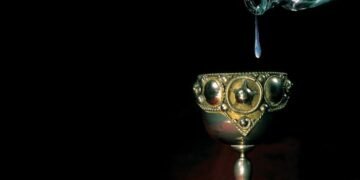Carney, a former governor of both the Bank of Canada and the Bank of England, officially took office on Friday, replacing Justin Trudeau, who resigned earlier that day. The swearing-in ceremony took place at Rideau Hall in Ottawa, overseen by Governor General Mary Simon.
In one of his first major decisions as prime minister, Carney unveiled a much smaller cabinet, consisting of only 23 ministers — a sharp reduction from Trudeau’s 39-member cabinet. The new prime minister described his “leaner cabinet” as “action-oriented,” with a focus on protecting Canadians from “unjustified foreign trade actions.”
“The cabinet is much smaller because it’s focused on the issues that matter most to Canadians,” Carney said during his first press conference. “We are facing a moment of crisis, and this government is ready to meet that moment.”
Carney’s cabinet includes 13 men and 11 women. Key ministers responsible for handling relations with the United States, such as Public Safety Minister David McGuinty and Foreign Affairs Minister Mélanie Joly, will remain in their roles.
Dominic LeBlanc will continue as Minister of Intergovernmental Affairs while also taking on the role of Minister of International Trade. Meanwhile, the finance portfolio has been handed to François-Philippe Champagne, who will serve as the new Minister of Finance.
Since Carney is not currently a Member of Parliament, he is expected to run for a seat in the House of Commons soon. Speculation is already rising that he may call a snap election to secure a stronger mandate.
When asked about the possibility of an early election, Carney did not provide a clear answer but hinted that “there will be other news in the coming days to ensure we have the strong mandate that this moment requires.”
Before the ceremony, Carney briefly addressed reporters, stating, “We’re going to get straight to work. We are a focused government with a clear commitment to action.”
Carney was set to hold his first cabinet meeting later on Friday afternoon.










































